Faust: What are you, Mistress Minx, the seventh and the last?
Lechery: Who, I, sir? The first letter of my name begins with L.
Lucifer: Away, to hell, to hell!
Lucifer: Now Faustus, how dost thou like this?
Faust: O, this feeds my soul!
From The Tragical History of Dr. Faust by Christopher Marlowe
Life for Mollie Gilmartin in Cincinnati, Ohio
By all appearances, Mollie Gilmartin had begun to forge the life that she had hoped for in America at her newfound home of Cincinnati, Ohio. She attended many social events with the Tibbles family whom she lived with. Mollie was able to secure a job as a clerk for the Pulvermacher Belt Company. However, lurking in the darkness were the repercussions of the scandalous affair that had taken place between Mollie and Fr. O’Grady.
Mollie’s brother Fr. Michael of Chicago, Illinois, had instructed Mrs. Tibbles to ensure that there was no further communication between the two, but somehow they were able to continue their correspondence through mail under her watchful eye.
Fr. O’Grady followed Mollie to Cincinnati in early 1894 and was noted to be spotted daily near the Tibbles’ house. He met her day after day and watched the house on Chestnut Street like a burglar. He was caught on many occasions looking into the window of the house and Mollie would claim to Mrs. Tibbles that she had no idea who he was.
One evening while standing in the front door someone pointed out Fr. O’Grady to Mollie and asked if she knew him, she answered, “he was George Reid, whom she had met in Ireland.” He was invited into the house and he and Mollie had a long talk. She begged him to leave town.
Things began to escalate after St. Patrick’s Day in 1894 when Fr O’Grady observed Mollie receiving a great deal of attention from a man named Kline at a party at the Tibbles’ house.
A tragic escalation of events
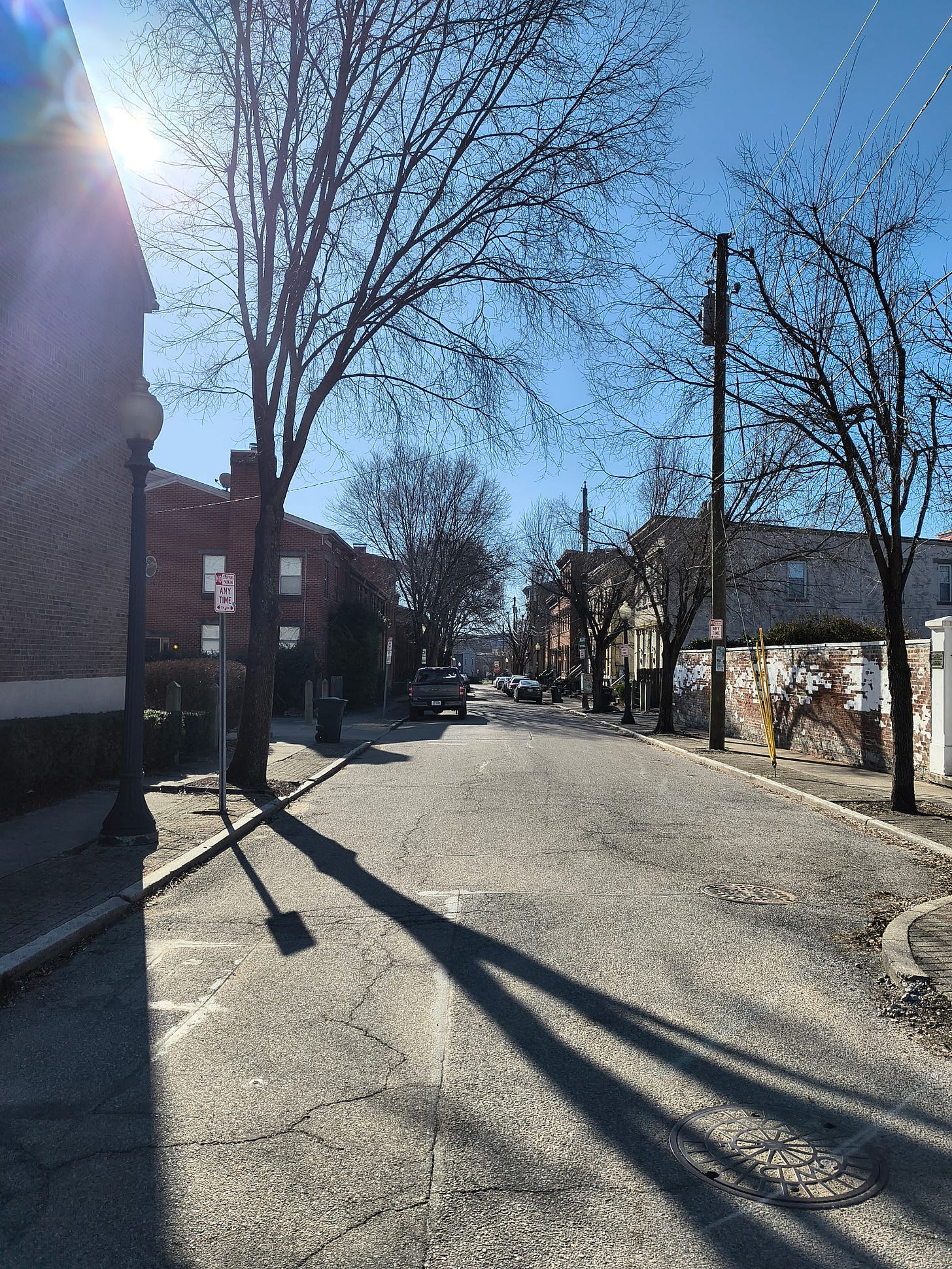
On Tuesday April 24, 1894, Fr. O’Grady had boarded a room right across the street from the Tibbles' house on Chestnut Street. He was noted at a nearby restaurant to be acting nervous and like a crazy man. He was awake the whole night walking up and down the street, looking for Mollie.
The next morning Mollie and the Tibbles family began to prepare for the day at 6 o’clock in the morning. Mollie had expressed fear to Mrs. Tibbles that Fr. O’Grady was going to meet her on her way to work, and Mrs. Tibbles had assured her she would walk her to the streetcar that took her to her job at the belt company. Soon after Mollie boarded the streetcar, Fr. O’Grady also boarded and Mollie asked the driver to stop and let her off, which he did. Both Fr. O’Grady and Mollie departed into the street.
At the little old graveyard at the corner of Chestnut and Central Avenue, Fr. O’Grady began to speak:
“You do as I tell you, and you listen to me.”
Fr. O’Grady seized her by the hair and threw her down. She tried to get up to run across the street, and Fr. O’Grady pulled out a revolver he had bought for protection during their prior travels throughout America and fired it at her. Mollie dropped to the ground and he continued to fire several times. Two witnesses say that they heard him say, “now will you marry me?” Finally, he dropped the revolver and ran.
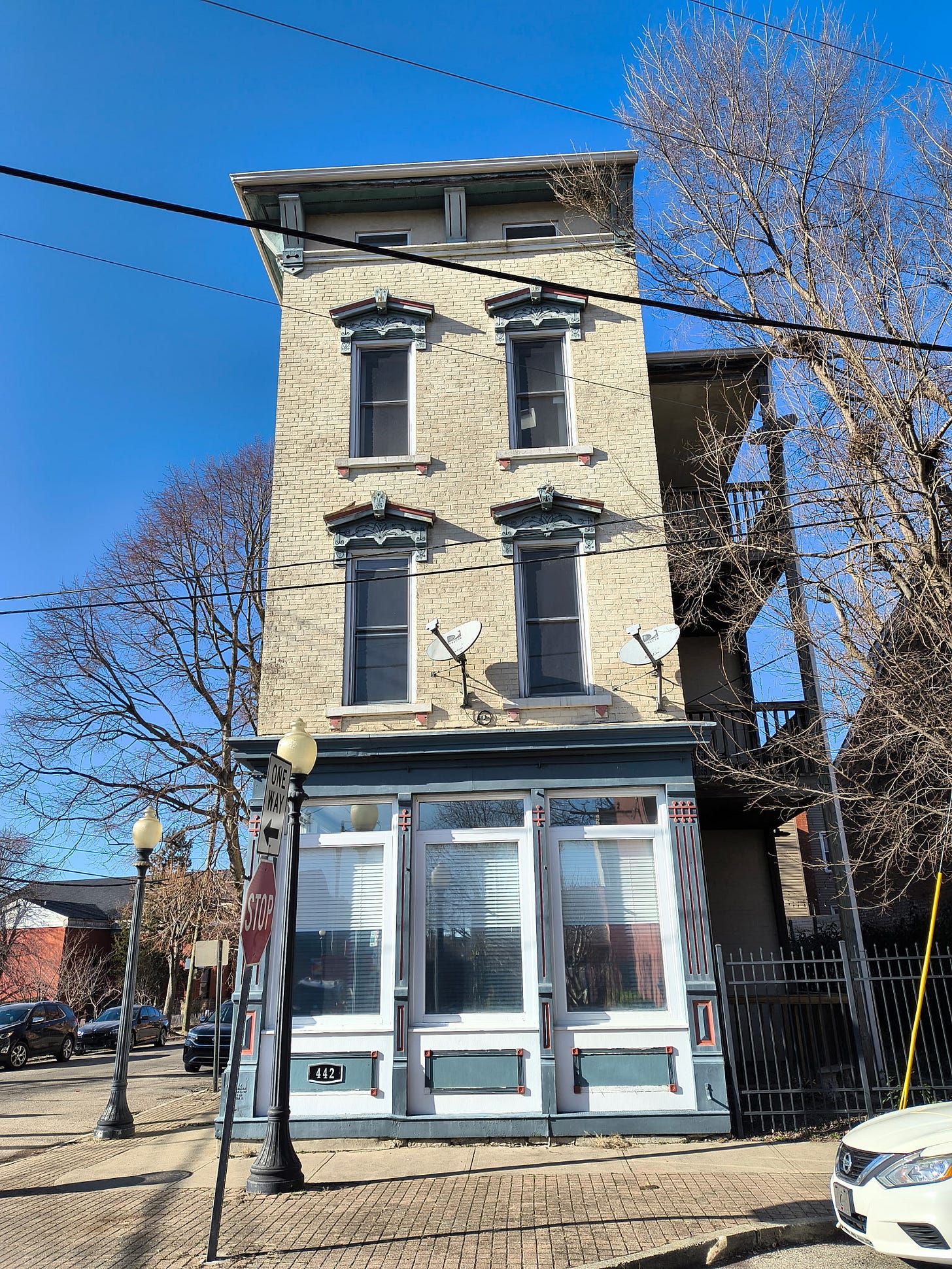
Fr. O’Grady was caught further down Chestnut Street and arrested. On the muddy ground where she lay, many people who were on their way to work began to crowd around the lifeless body of Mollie Gilmartin from which blood rapidly flowed onto the street.
The little old graveyard
In the story in the Enquirer about the murder of Mollie, there is mention of a little old graveyard at the corner of Chestnut and Central Avenue. This graveyard is still there today, so I decided to pay a visit to a spot that looks similar to what it would have at the time of Mollie Gilmartin and Fr. O’Grady’s conflict.
The Chestnut Street Cemetery, opened in 1821, is the oldest Jewish cemetery west of the Allegheny Mountains. A man named Benjamin Lieb asked to be buried as a Jew in 1821, and at that time, the land was purchased to establish Cincinnati’s first Jewish cemetery.
The cemetery has 85 graves and was closed in 1849 after the cholera epidemic filled the cemetery. It is maintained today by the Jewish Cemeteries of Greater Cincinnati. Here are some photos of the Chestnut Street Cemetery from our visit on March 9, 2025.
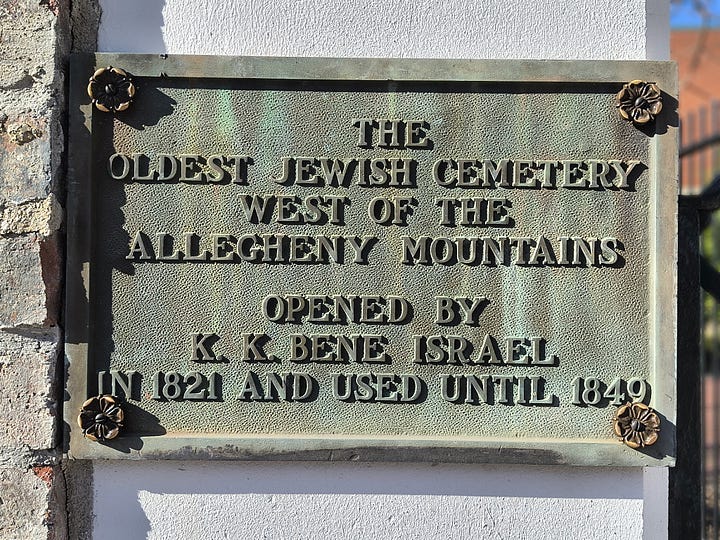
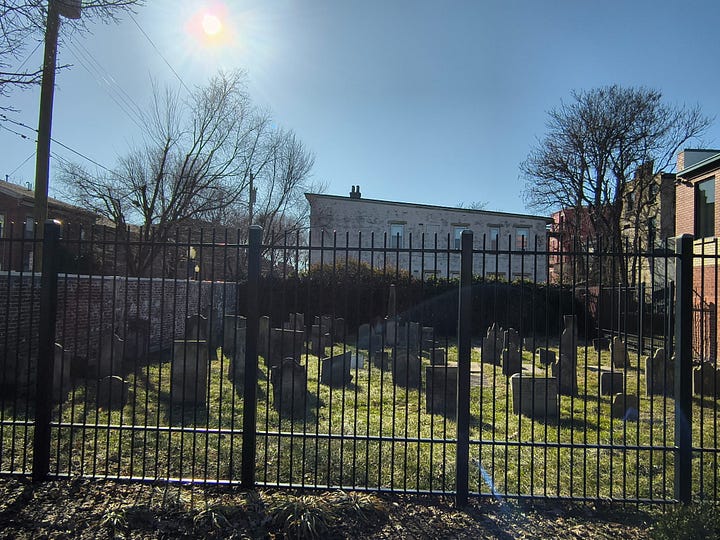

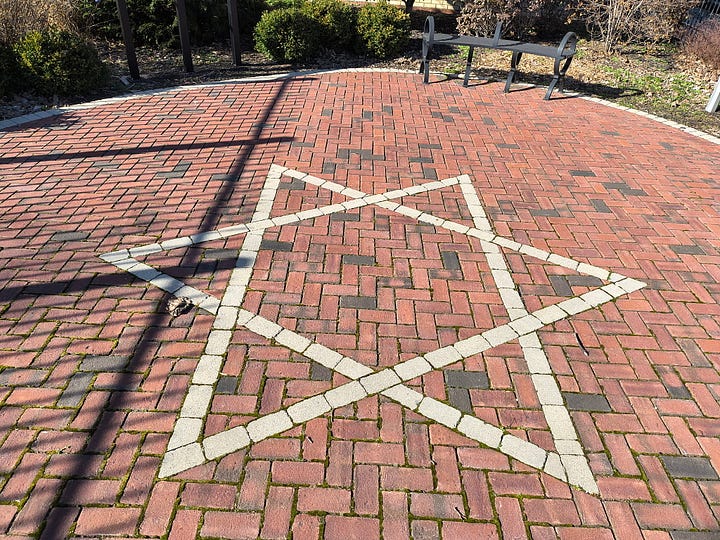
In Part 3 of Fr. Dominick O’Grady and Mollie Gilmartin, we will take a closer look at the earlier life and motives of Fr. O’Grady as well as his life story after he murdered Mollie Gilmartin.
Sources:
Find A Grave Chestnut Street Cemetery
“Ghastly: A Priest’s Awful Crime,” Cincinnati Enquirer, April 26, 1894.
“The Priest: Penitent and Despairing,” The Cincinnati Enquirer, Friday April 27, 1894






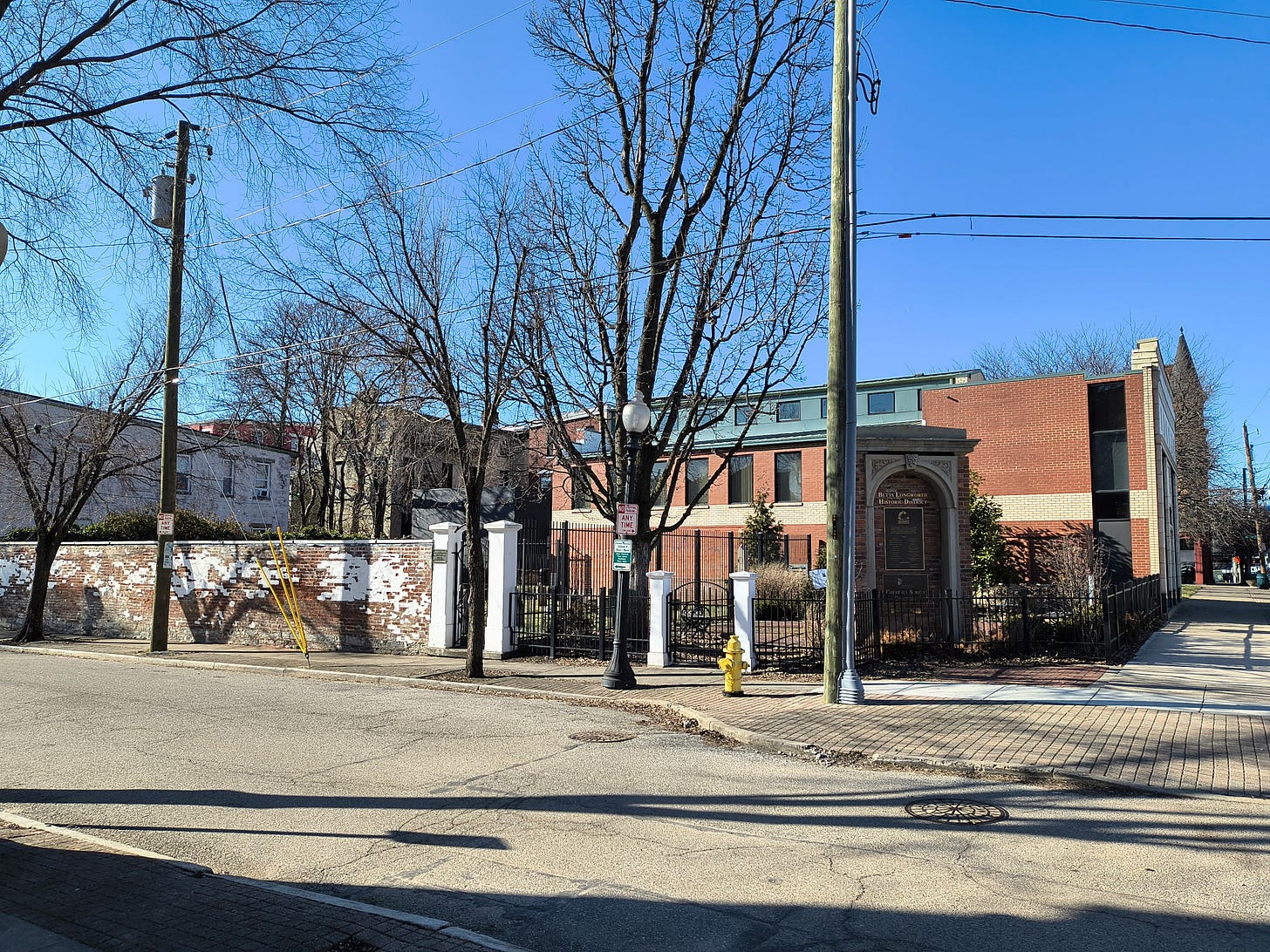
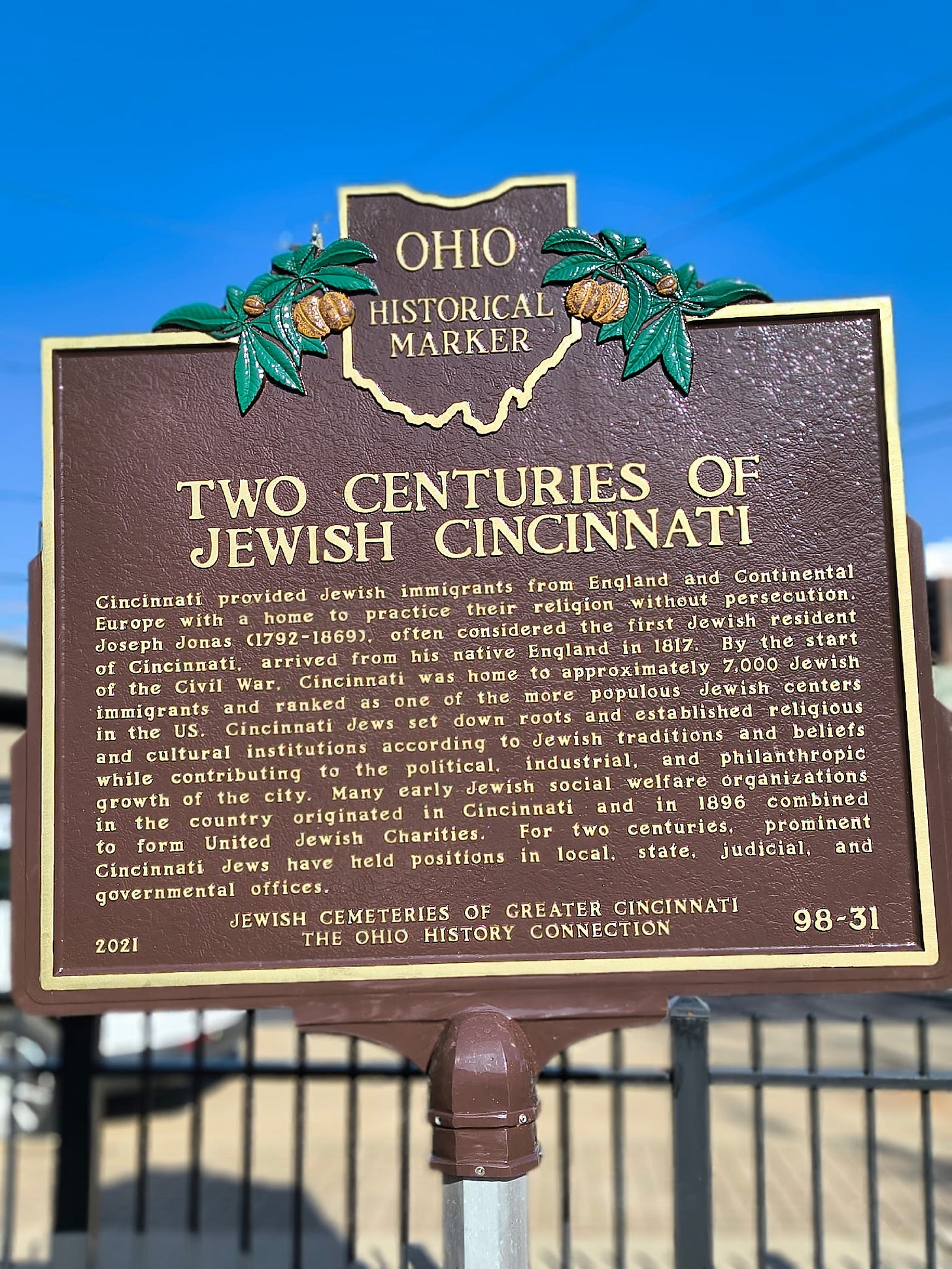
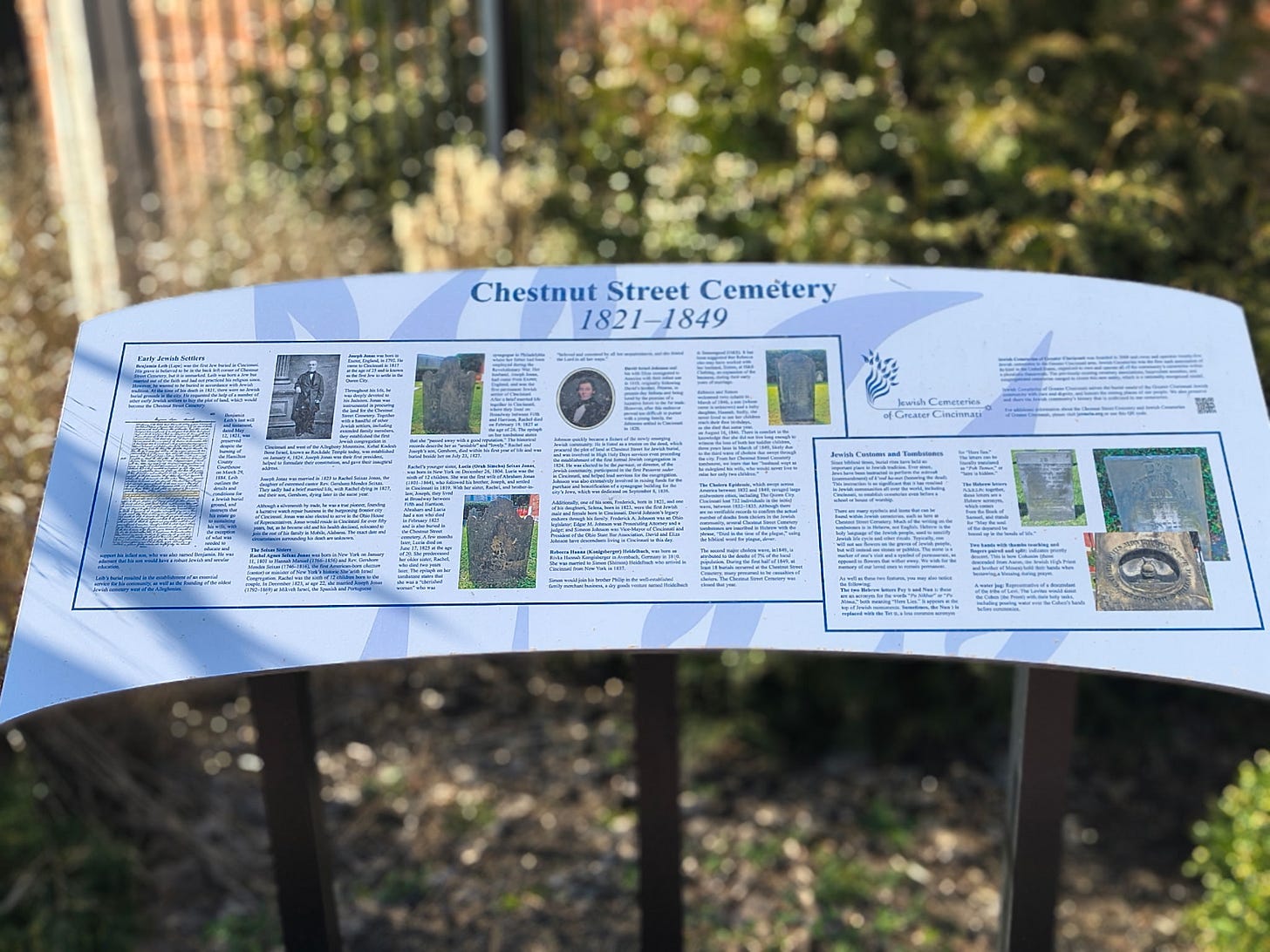
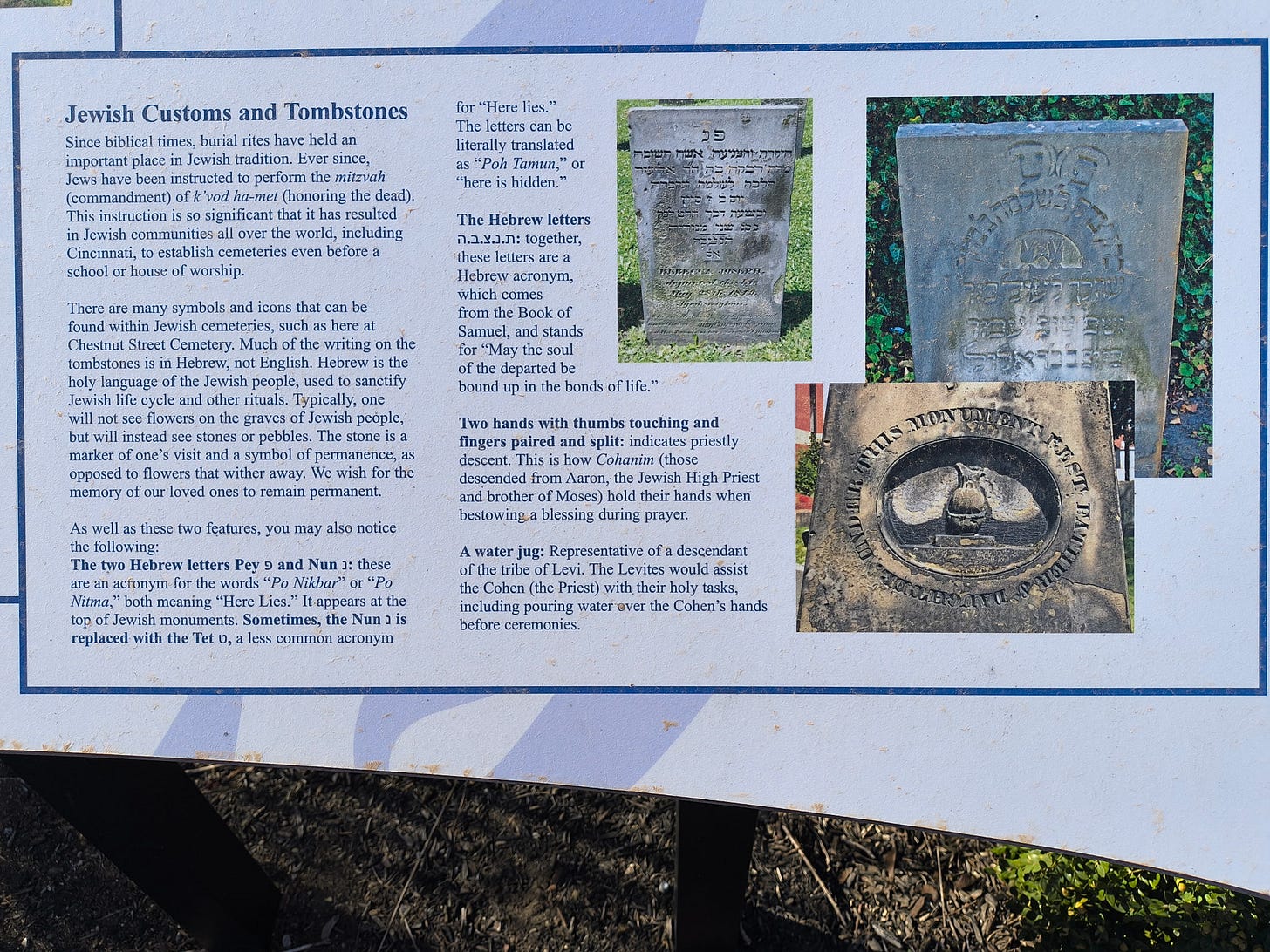
Yes, it is coming. She wasn't Jewish so definitely not at this cemetery however I enjoyed this cemetery, so historic in the midst of modern images.
This is such a dark story, and one of so many that must have taken place in our hometown. Your mention of the Jewish cemetery makes me wonder where Mollie was buried. Maybe that's coming?!?!?